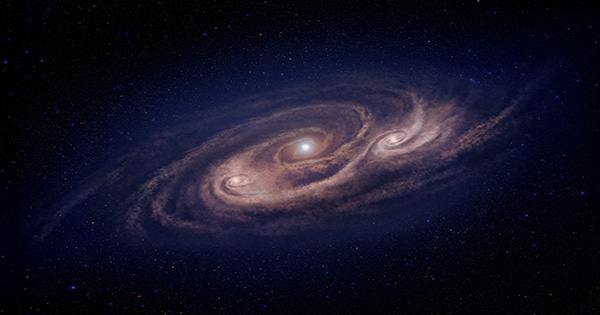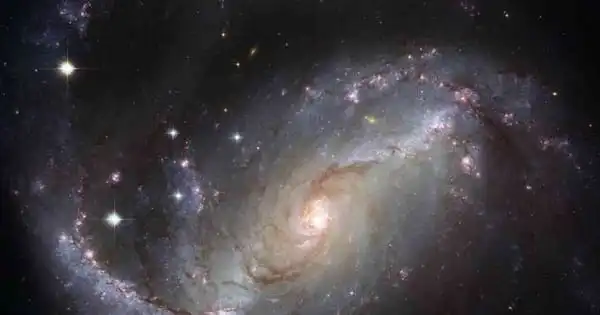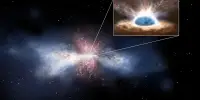The difficulties of interplanetary travel are enormous. However, one scientist has proposed a simpler (though sluggish) method of traveling between stars: allowing free-floating planets to transport mankind. If she is correct, it might have a significant impact on how we seek for life elsewhere in the cosmos. Science fiction makes star-hopping appear simple, adding to the mystery of why aliens have not visited Earth. The reality, on the other hand, is likely to be far more difficult. Warp drives and other suggestions for faster-than-light travel may be impractical. Even getting a spacecraft capable of carrying humans to a fraction of the speed of light would require enormous quantities of energy.
If it takes hundreds of years to go to the next star system, any interstellar spacecraft must be large enough to transport thousands of people in order to establish a self-sustaining society in transit. Even a highly evolved society would face significant expenditures if it built something large enough, but Houston Community College’s Irina Romanovskaya offers an alternate proposal. She investigates the idea of catching a ride on a passing planet in the International Journal of Astrobiology. We know that certain planets, known as free-floating or rogue planets, wander through space without being accompanied by a star. Some were most likely ejected out by star systems’ internal dynamics, while others may have developed independently.

Such planets will occasionally travel close to – or even within – a star system, as comets Oumuamua and Borisov did in recent years, and the star W0720 did 70,000 years ago. Such near passes, according to Romanovskaya, would create possibilities for individuals within that solar system. “When deploying spaceships to transfer enormous populations over interstellar distances,” she says, these civilizations “would most likely confront major or insurmountable technological obstacles.”
They might, however, board the planet and wait for it to pass by another star. They may take up temporary residence on a small planet like Sedna, which has an orbit that moves from quite close to the star to tolerably close to the passing planet, in order to get there. Furthermore, star systems are most likely to evacuate planets at their origins and endings. Boarding a planet ejected by a star transitioning to a red supergiant may be the only option for a civilisation stranded in a dying star system to survive.
There are certain to be difficulties. Steering free-floating planets would be difficult, if not impossible. It would be a lot lengthier voyage to some more distant star system instead of transporting passengers straight to the nearest prospective star system, and the first few to be approached might not be particularly attractive. The extreme cold and cosmic radiation between the stars would render any such planet’s surface uninhabitable to life. Romanovskaya, on the other hand, claims that nuclear power might warm inner caves to a comfortable temperature. Most, if not all, of the components required to support civilizations for tens of thousands of years would be naturally present rather than having to be extracted from the globe they left behind. Gravity would be delivered as well.
If Romanovskaya is correct, we must reconsider where we should look for alien intelligence. Currently, if we discover what appears to be a radio communication from space, such as the 1977 “Wow! Signal” or 2019’s BCL1 from Proxima Centauri, we continue to look in the same spot. However, because radio data analysis might take years, a free-floating planet could have moved from our perspective during that period. It’s possible that the scope of such follow-up searches will need to be expanded. The discovery also adds a new twist to the Fermi Paradox, which is commonly expressed as “why aren’t they here?” Most colonization models presume that even gradual colonization will ultimately capture every inhabited globe in the cosmos. However, rogue planets’ travel speeds might be so sluggish that most of the galaxy, especially in the far reaches, could be undiscovered for billions of years.















